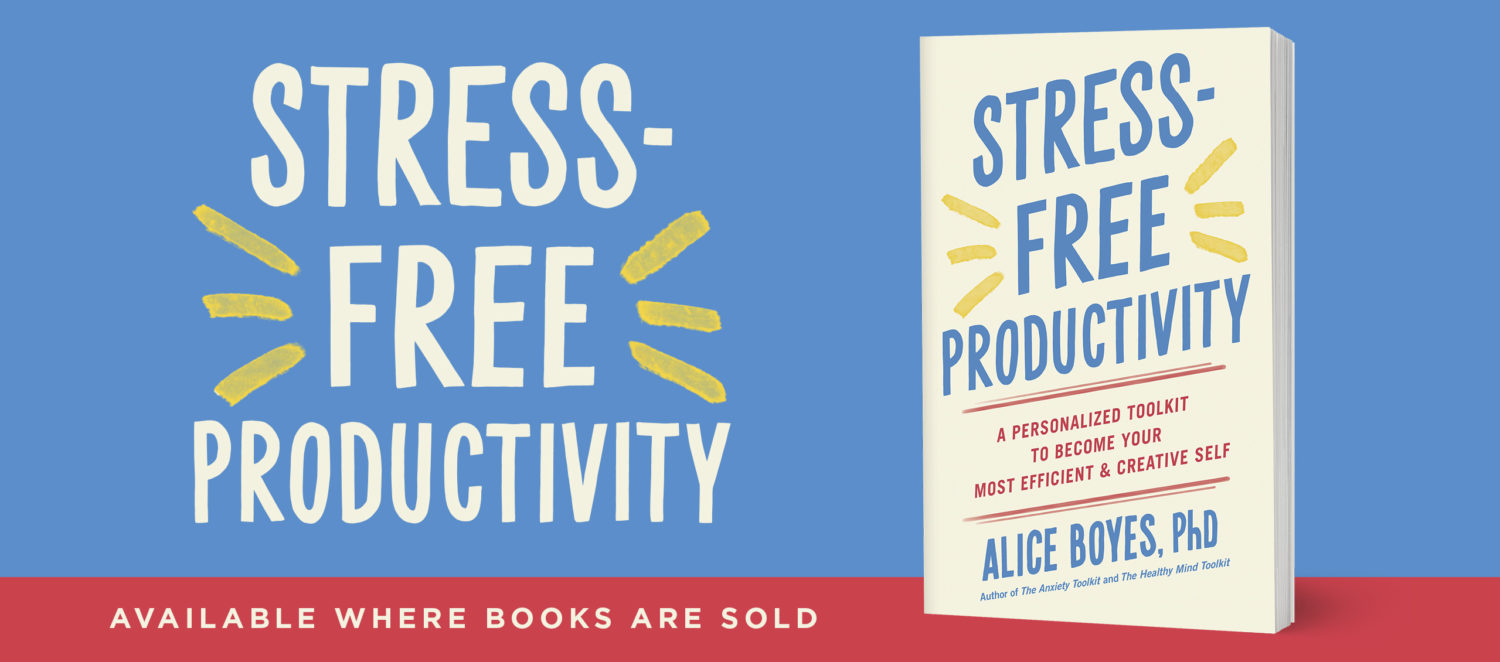How to Heal Childhood Wounds – Practical Exercise
This is a technique I use in sessions with clients that you can try yourself.
Imagine back to a situation in which you needed an adult to be responsive to you and they weren’t.
It needn’t have been a major trauma, just an incident that was important to you. (Note that, I don’t use this particular version of this technique for major abuse situations). Pick a very specific incident e.g. when you were 8 and…..
Set up two chairs, either facing each other or almost facing each other (at right angles is fine).
Sit in one chair. The other chair should be empty.
To start, you are going to be you – the young version of you that was involved in the incident at the time.
Direct your speech at the empty chair and say whatever it was you think you would’ve wanted to say at the time if you could’ve freely spoken your mind and expressed all of what you were experiencing.
You might need to have a couple of goes at this. Try saying something. Get a sense of how it felt to say that. Then have another go. Keep directing your speech in the direction of the empty chair as if you were speaking as little you and the adult involved in the situation was sitting in the empty chair.
Doing 2-4 “takes” doesn’t mean you did anything wrong any of the times, its just an opportunity to try out different speech. I find it helps clients get out all of what they might’ve wanted to say. Use your voice rather than just think about it.
Next get up and go sit in the other chair, now you’re going to be the adult who didn’t respond to you in the way you needed at the time.
Speak back to little you, respond to what little you just said in the way the adult would’ve responded if they had been perfectly responsive. Again, you can have a couple of goes at this if you want to try out different things. It doesn’t matter if you can’t imagine the adult ever doing the behaviour you’re role playing. This helps establish what the right response would’ve been, even if there is no way it would’ve actually happened.
At minimum, the responsive adult should acknowledge little you’s feelings rather than being dismissive of those feelings.
If you don’t want to imagine a specific person (e.g. your Dad) you can alternatively play a generic figure (e.g. a generic father figure) when you’re sitting in the second chair (or generic mother figure, or generic teacher figure).
Sometimes clients place a soft toy on the first chair to represent themselves while they are occupying the second chair. We have a cute little owl soft toy in our office that works well for this.
Lastly, go sit back in your original chair and and allow yourself to experience what it felt like to be ideally responded to.
Note that, it doesn’t matter how small the incident was. Any memories that have stuck with you might be good candidates for this technique.




